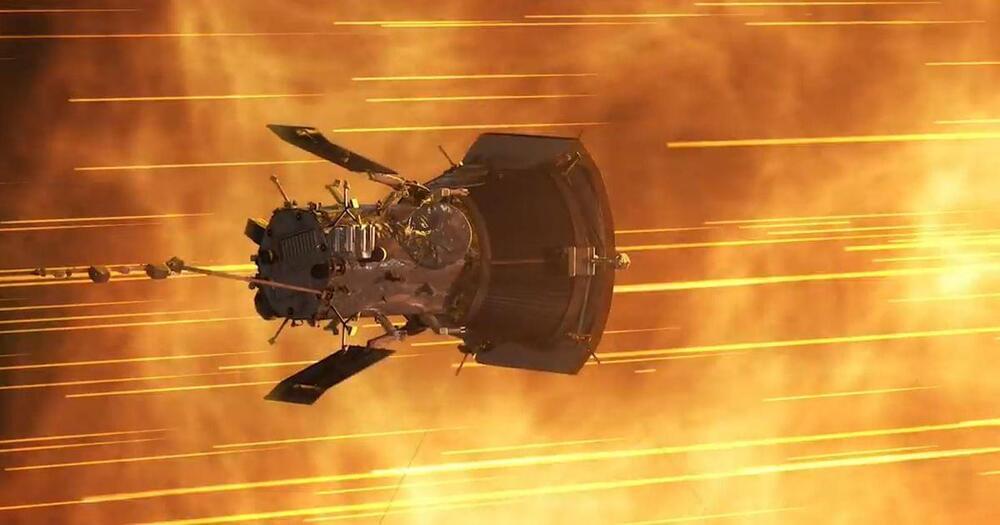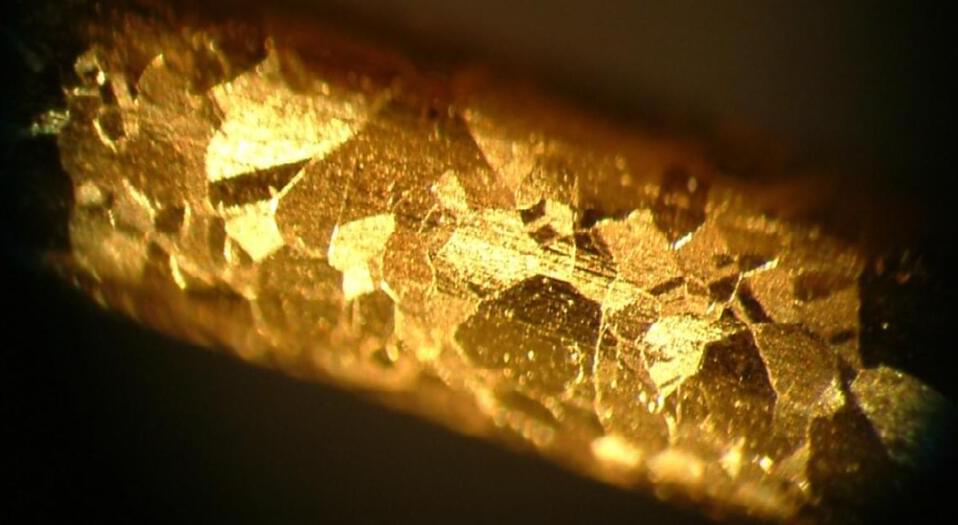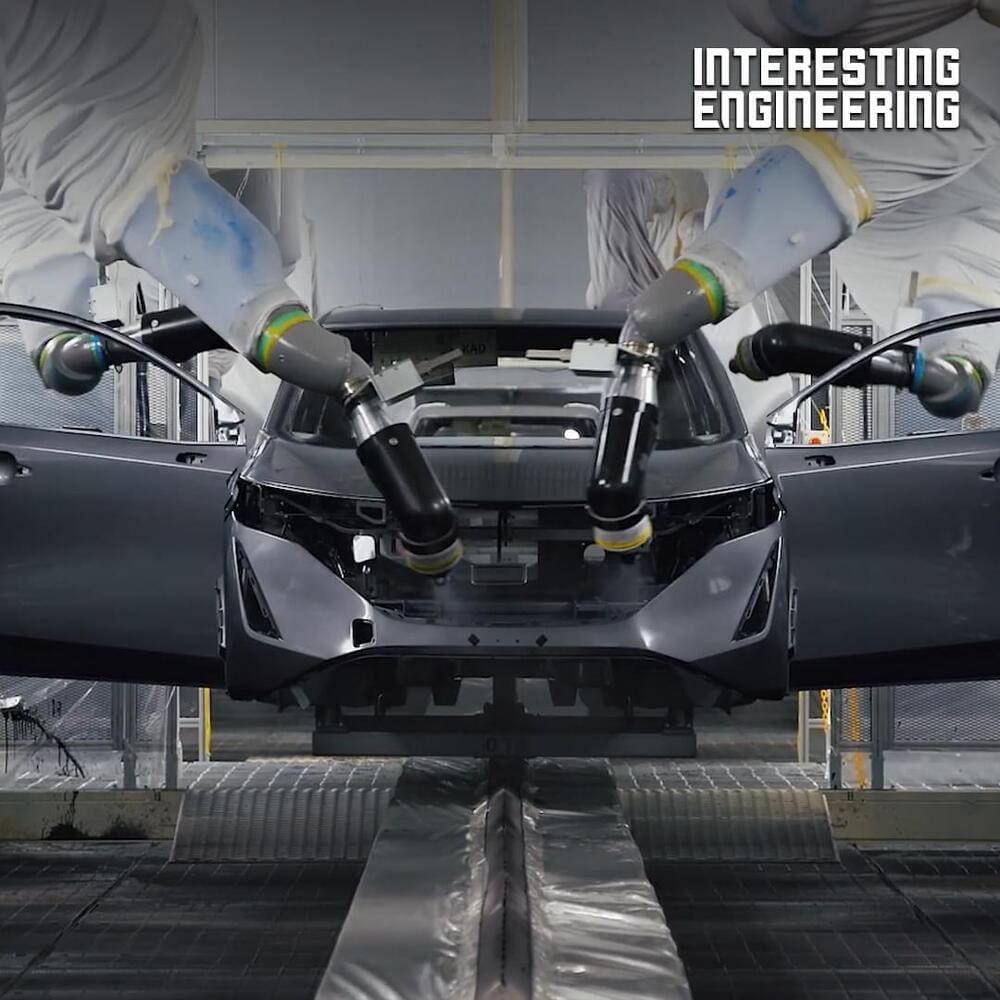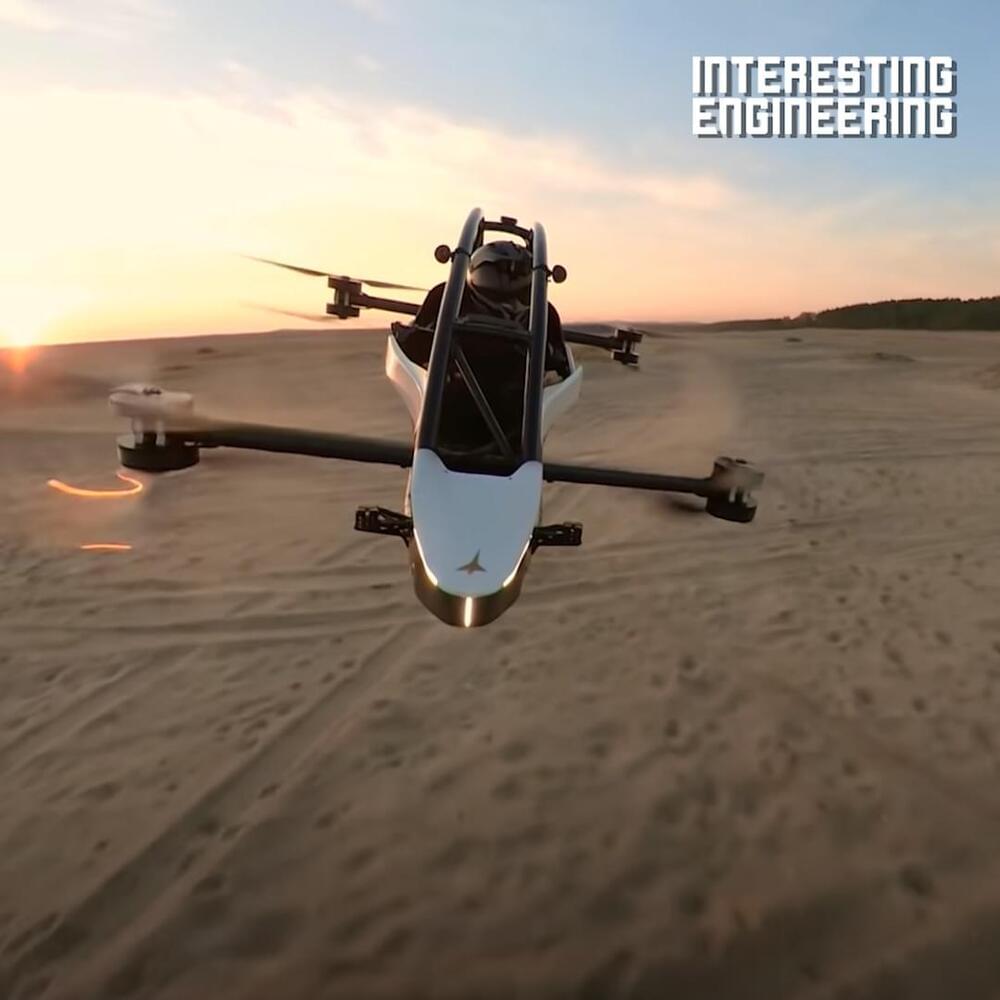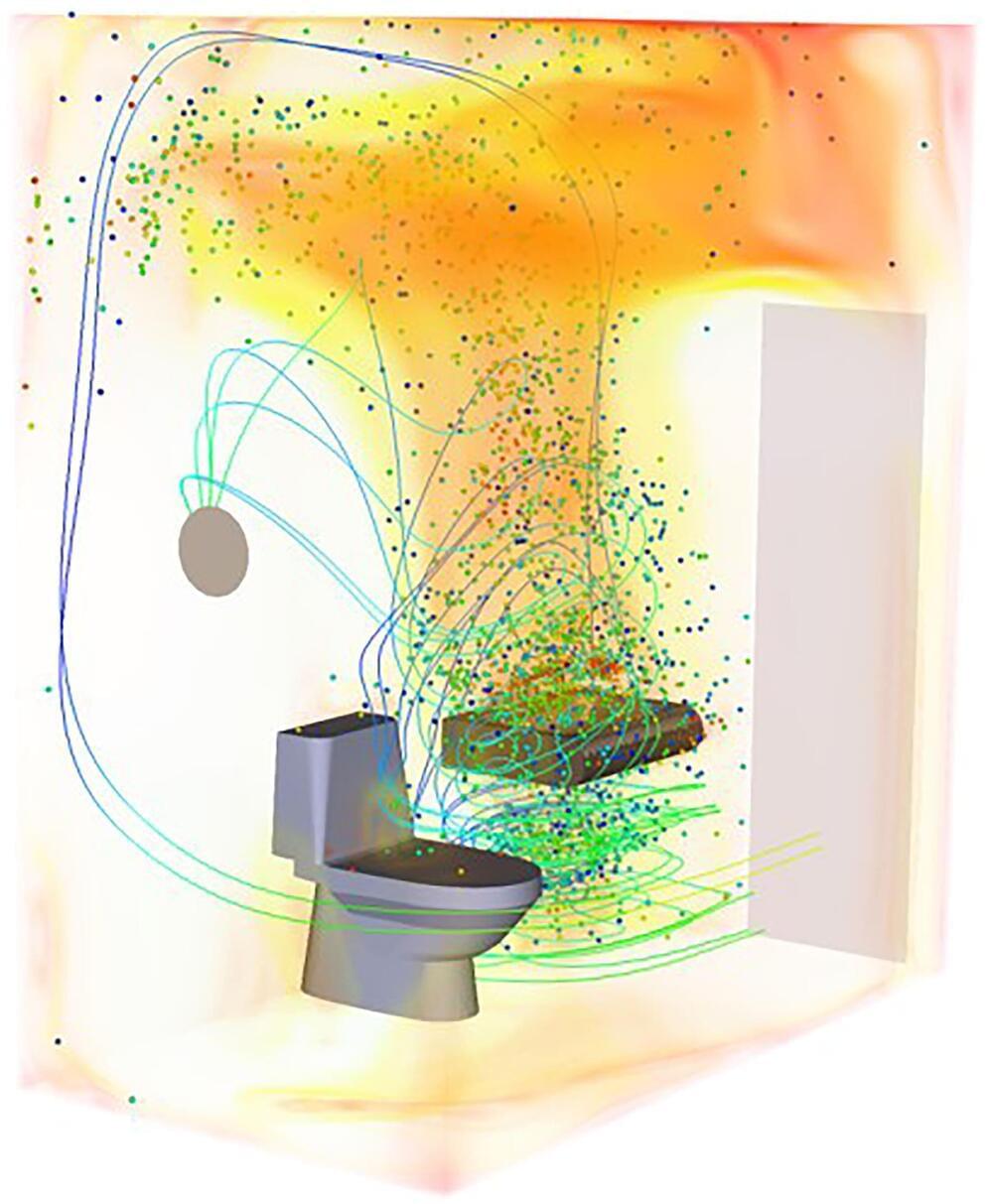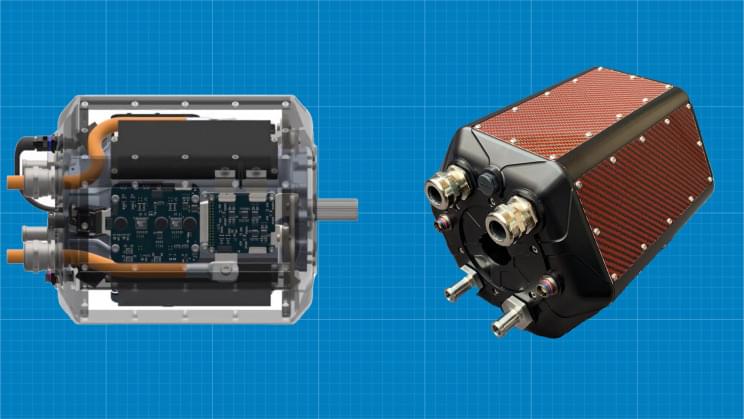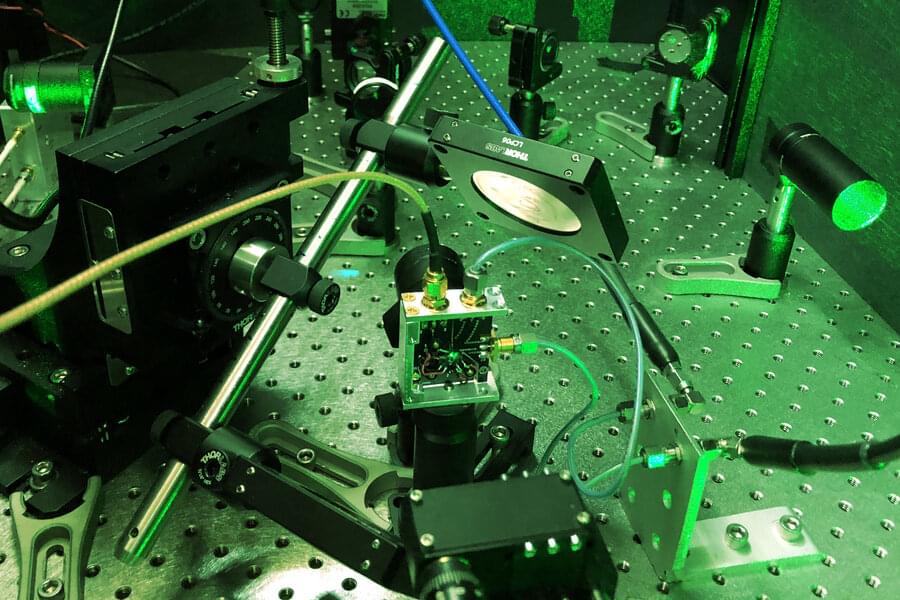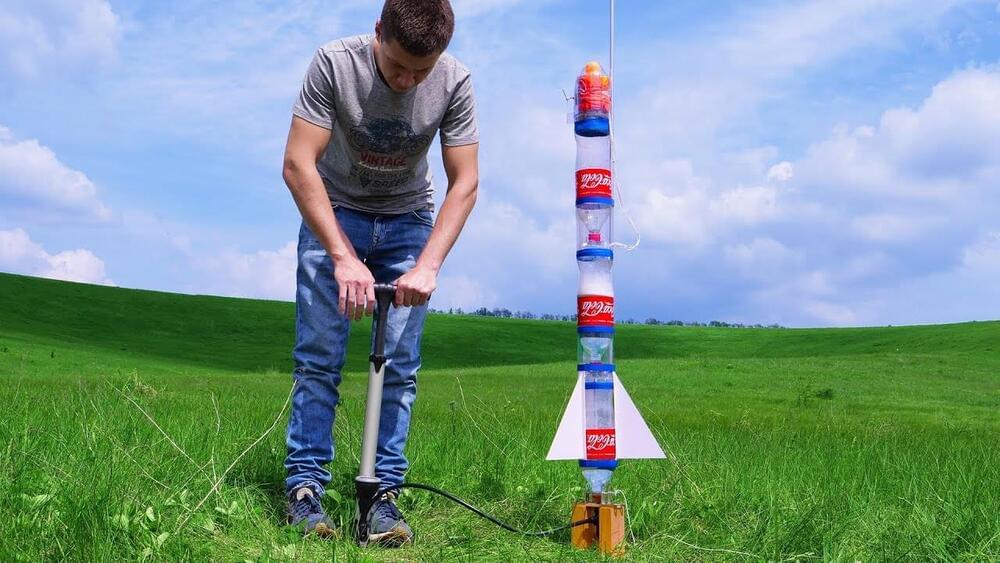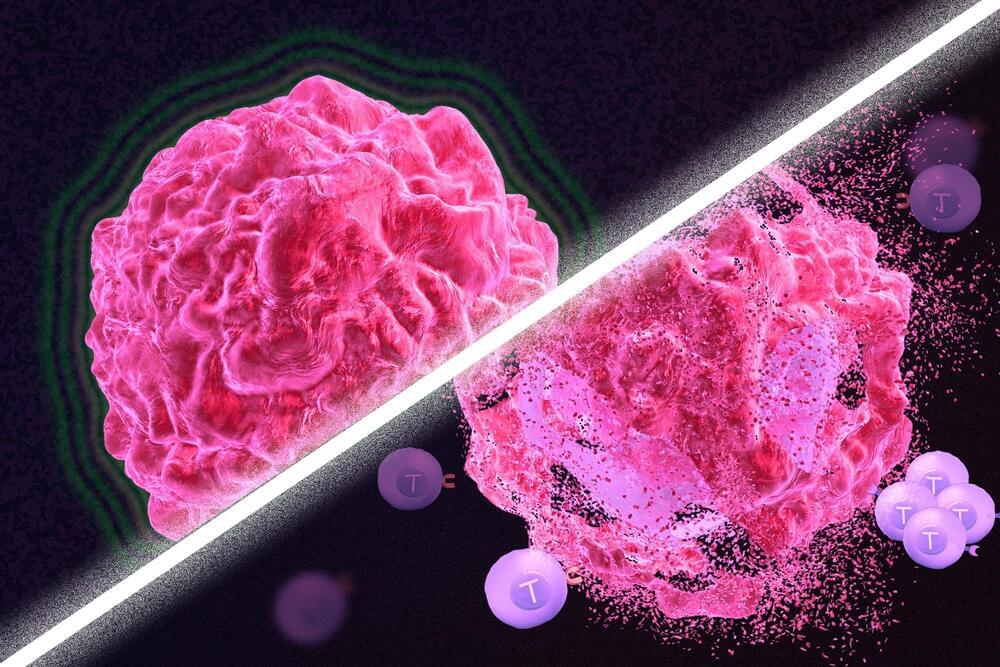Nov 8, 2021
NASA solar probe bombarded
Posted by Quinn Sena in categories: engineering, particle physics, space
The Parker Solar Probe is an engineering marvel, designed by NASA to “touch the sun” and reveal some of the star’s most closely guarded secrets. The scorch-proof craft, launched by NASA in August 2,018 has been slowly sidling up to our solar system’s blazing inferno for the past three years, studying its magnetic fields and particle physics along the way. It’s been a successful journey, and the probe has been racking up speed records. In 2,020 it became the fastest human-made object ever built.
But Parker is learning a lesson about the consequences of its great speed: constant bombardment by space dust.
Unlock the biggest mysteries of our planet and beyond with the CNET Science newsletter. Delivered Mondays.
